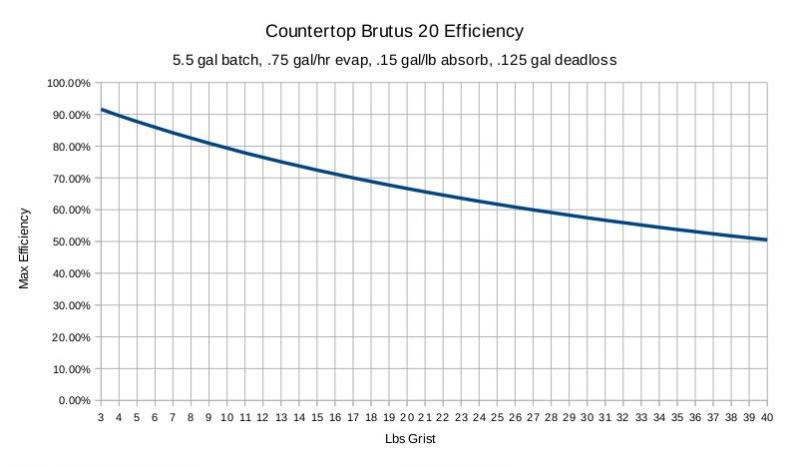Not quite sure what you are getting at with this question. The wort clears up as soon as the starches are converted. There is a little bit of grain that ends up in the kettle but it's a very small amount. Overall there is less hot break with this method, because the proteins coagulate in the MLT during recirculation.
I guess what I was asking is what is the purpose of the PVC tube with the drilled holes in the MLT. Does this "spread" the recyling wort over the grains (grist)? I guess I'm really confusing sparging with this process. I see it as using the mashed wort being used to continuously "sparge" by recirculation. I can't visualize what the inside of the MLT looks like during this process. Is there an actual grain bed that filters the wort, or is it more like a "grist soup" in there
And as somebody else already noted you can start recirculating directly back to the MLT if you want to get "clean" wort only in the kettle.
That would be sparging though wouldn't it? And I thought that there was a potential to extract tannins by oversparging.
Thanks for putting up with these questions.




























































